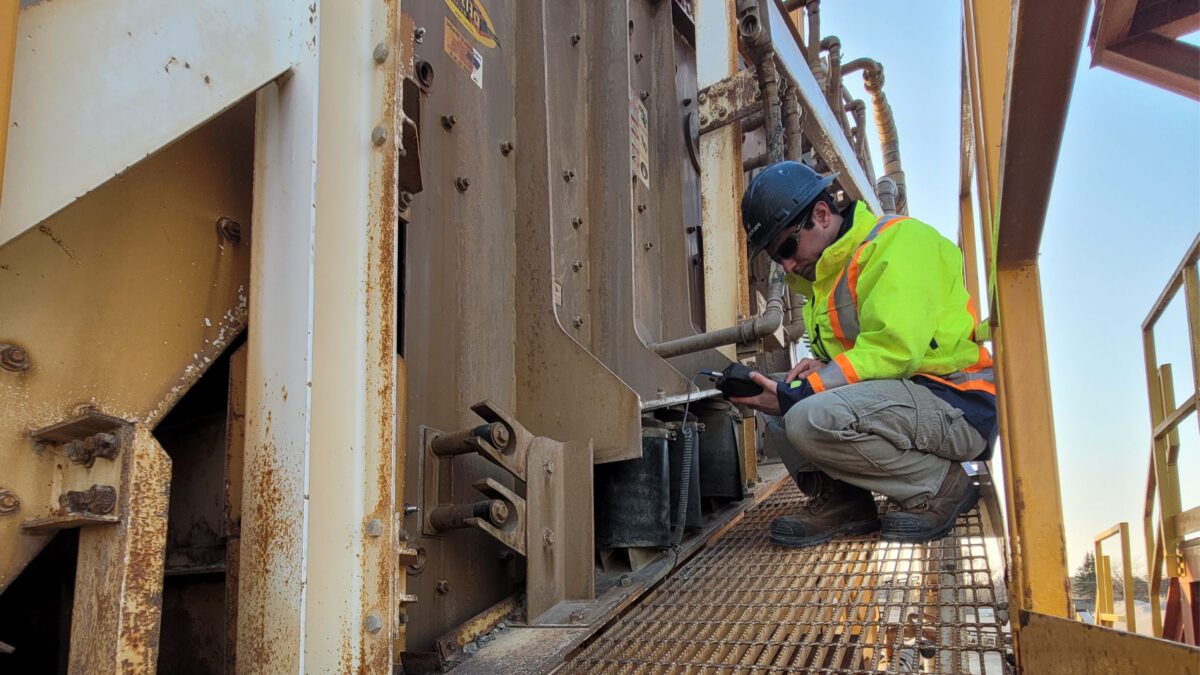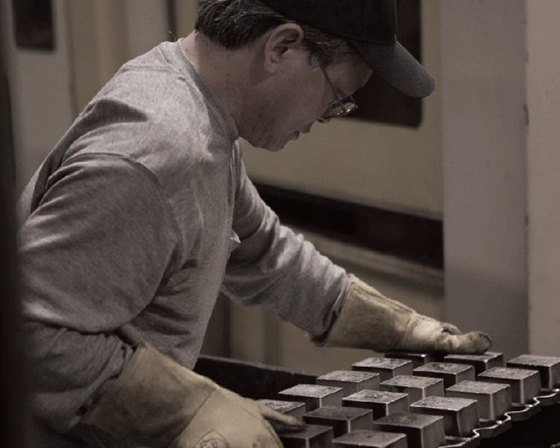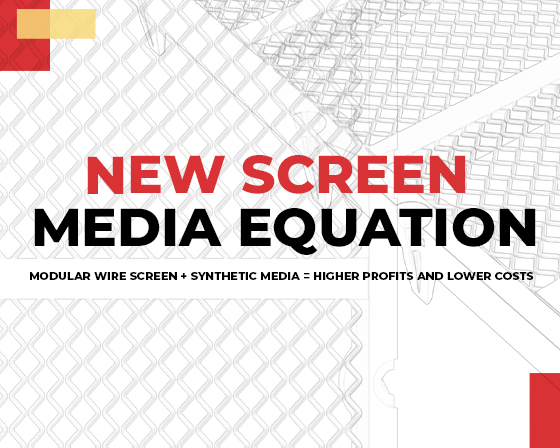March 3, 2021
Producers often turn to what has always worked and what they are accustomed to when it comes to selecting their screen media.
January 12, 2021
Addressing the top 5 most frequently asked questions about screening. 1. I think there’s something wrong with my screen, but I don’t know if it’s worth […]
January 12, 2021
The future (and fate) of the coal industry hinges on constant innovation and the adoption of smarter, more efficient ways of doing business. Industry Expert, Ron […]
January 11, 2021
Necessity is the mother of invention. In fact, that’s how Polydeck was born, when Manfred Freissle saw the necessity for something that functions better than wire […]
January 11, 2021
When you eliminate top-deck bottlenecks, you increase production capacity and put more saleable product on the ground. Read about how Polydeck assisted with a higher level […]




